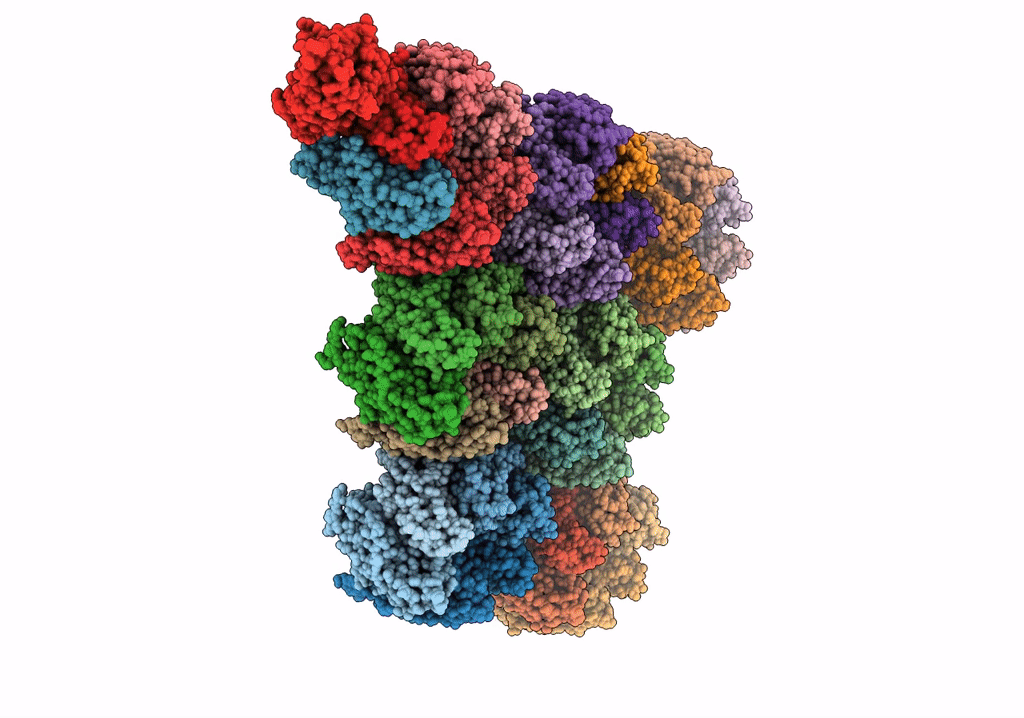
Deposition Date
2019-04-10
Release Date
2019-10-02
Last Version Date
2025-05-14
Method Details:
Experimental Method:
Resolution:
3.70 Å
Aggregation State:
PARTICLE
Reconstruction Method:
SINGLE PARTICLE


